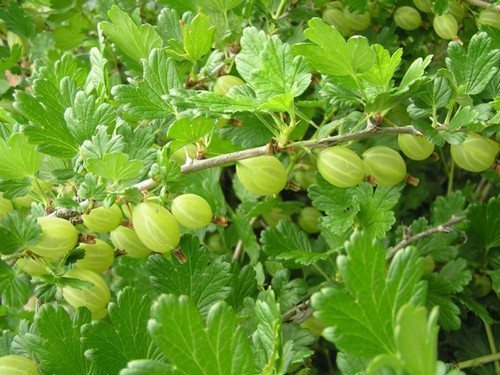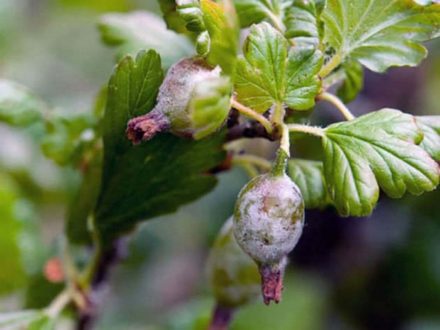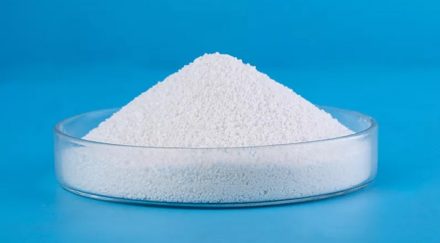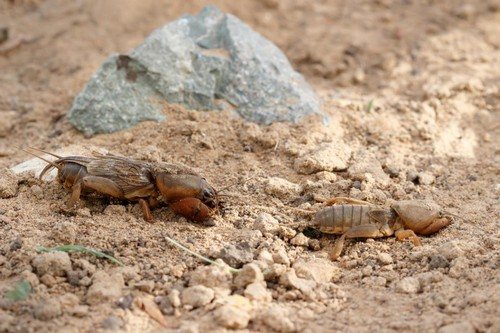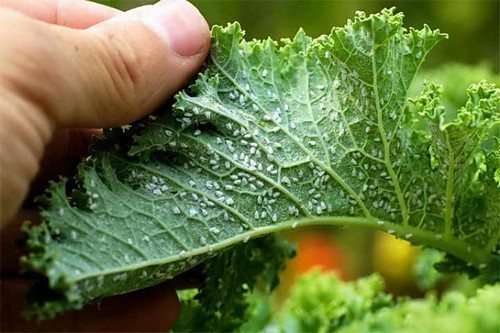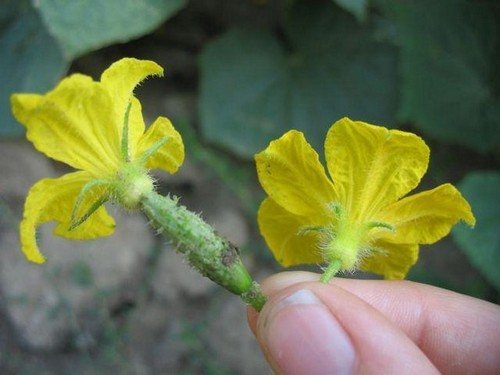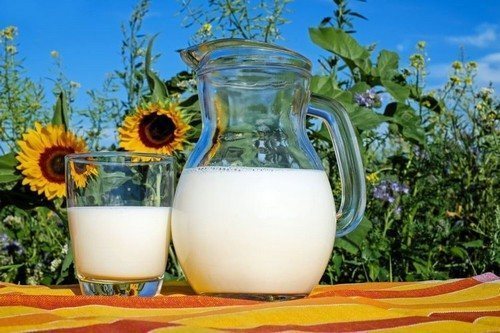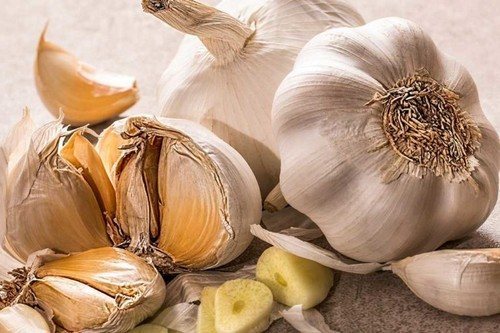Powdery mildew is a common fungal disease that tends to affect garden crops. A specific white coating is found on all types of roses.
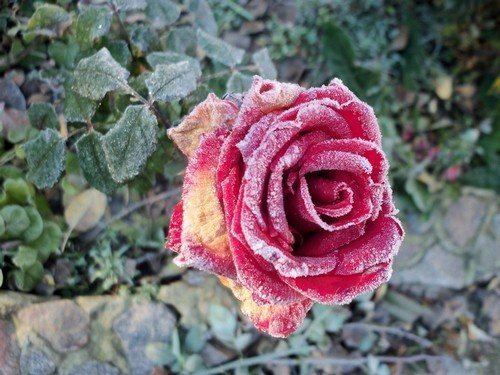
It is almost impossible to prevent its occurrence; the fight must begin immediately after the first symptoms appear. How to get rid of powdery mildew on roses? Let's look at popular remedies and folk recipes.
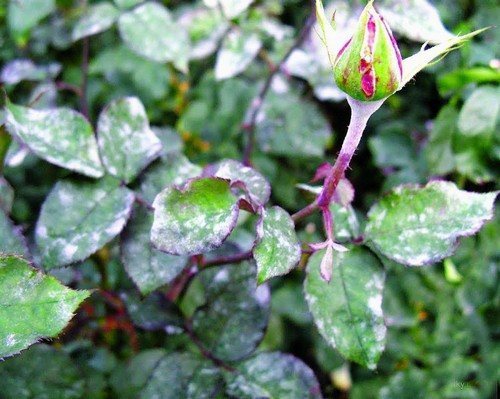
Using soap solution
To prepare the product, it is recommended to use only fragrance-free laundry soap. The following ingredients will be required:
- 0.5 pieces of soap;
- 25 g soda ash;
- 5 liters of water.
The soap must be grated on a fine grater and completely dissolved in hot water. Then add soda ash and stir thoroughly. Spraying should be done after the liquid has completely cooled. The procedure must be repeated 2-3 times with an interval of 10 days.
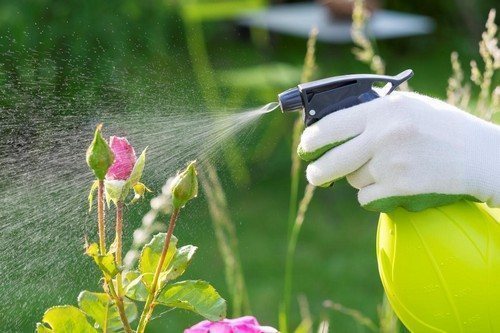
Manganese solution
Potassium permanganate is an excellent antiseptic and antifungal agent, therefore it is widely used in gardening. To prepare the solution, you need to mix about 2.5 g of the active substance with 10 liters of water. The result is a slightly colored liquid that is used to spray rose bushes.
The frequency of treatment depends on the degree of damage; in most cases, 3 sprays with an interval of 5 days are sufficient.

Ash solution
For preparation you will need the following components:
- 1 kg of wood ash;
- 10 liters of water.
The ingredients must be mixed and left to infuse for a week, stirring the solution daily.
It is recommended to spray roses using a spray bottle weekly.
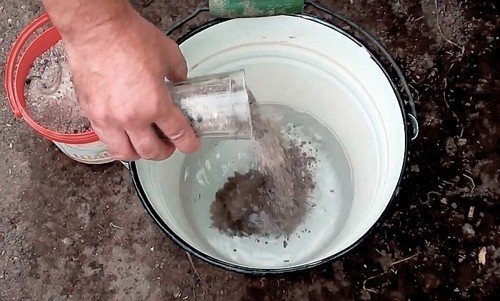
Copper sulfate
The product exhibits an active antifungal effect, therefore it is often used to treat garden plants. To prepare the mixture, you need to dissolve 5 g of copper sulfate in a glass of hot water.
Then add the resulting liquid to 5 liters of water. To enhance the antifungal effect, it is allowed to add grated laundry or liquid soap. It is recommended to spray the plants generously, with an interval between treatments of about 7-10 days.
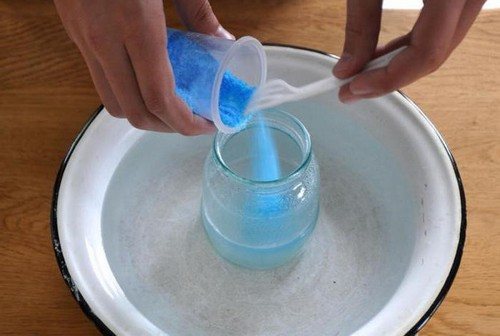
Application of fungicides
In case of severe damage by the disease, the use of traditional methods of control does not always give a guaranteed result. In this case, it is recommended to resort to the use of professional fungicides. They can be biological or chemical. Unfortunately, the former, although considered harmless, may not bring the desired result, then the latter are used. The following remedies showed the greatest effectiveness:
- "Fitosporin-M";
- "Alirin-B";
- "Fundazol";
- "Tilt CE";
- "Topaz";
- "Maksim".
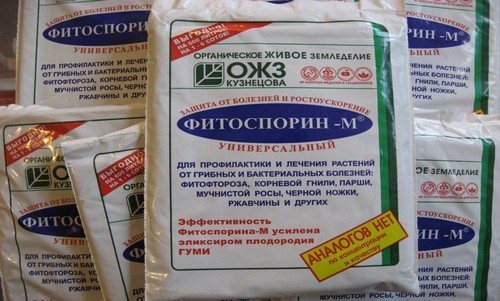
The products are in the form of a powder or emulsion, which must be dissolved in water according to the instructions for use. Processing of plants is carried out according to the scheme, which is also specified by the manufacturer. The cost of garden fungicides varies from 40 to 300 rubles, depending on the variety and volume.


